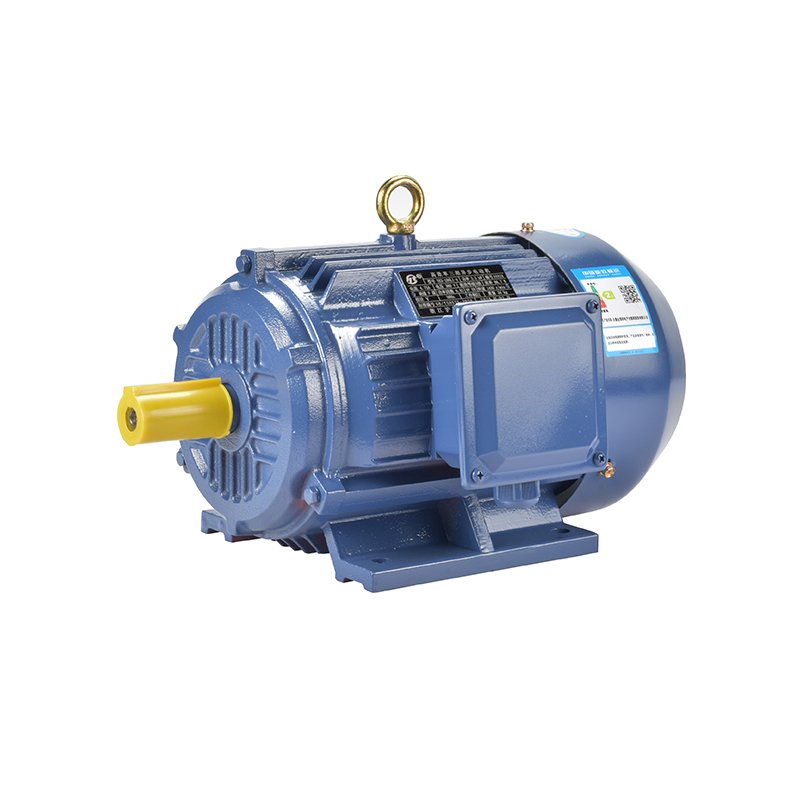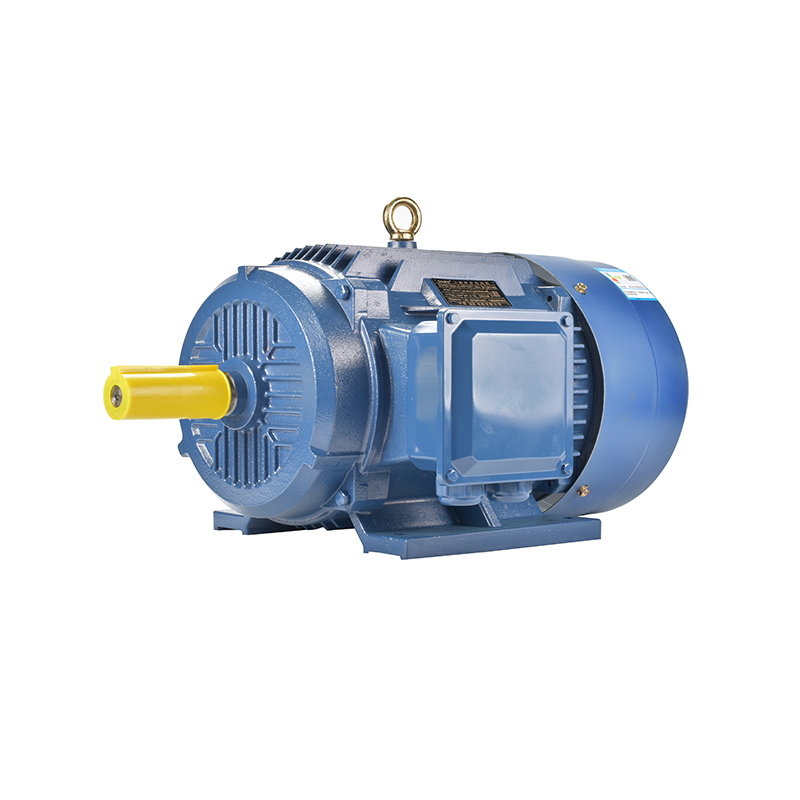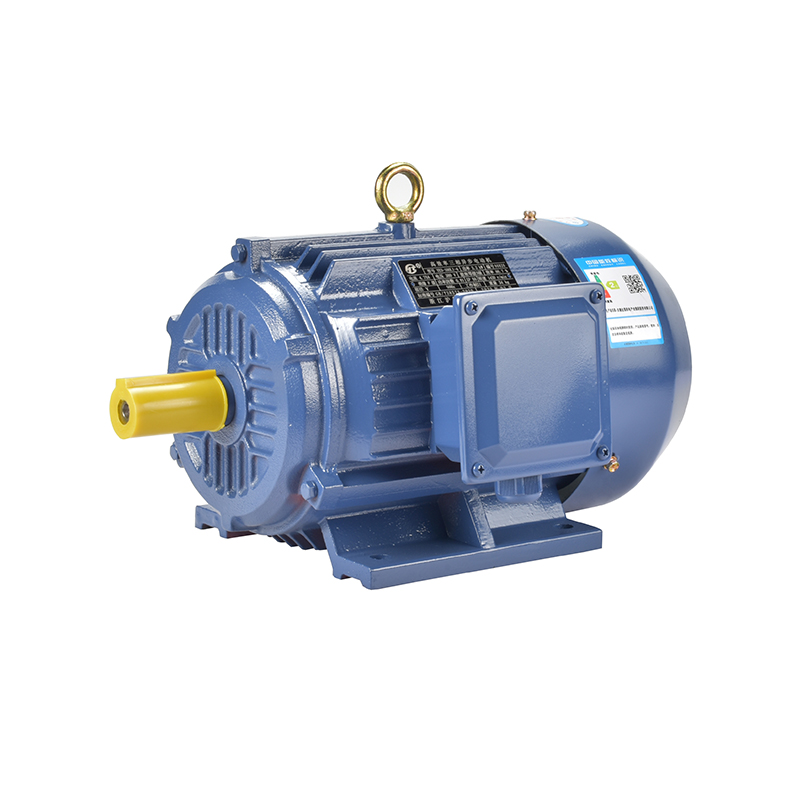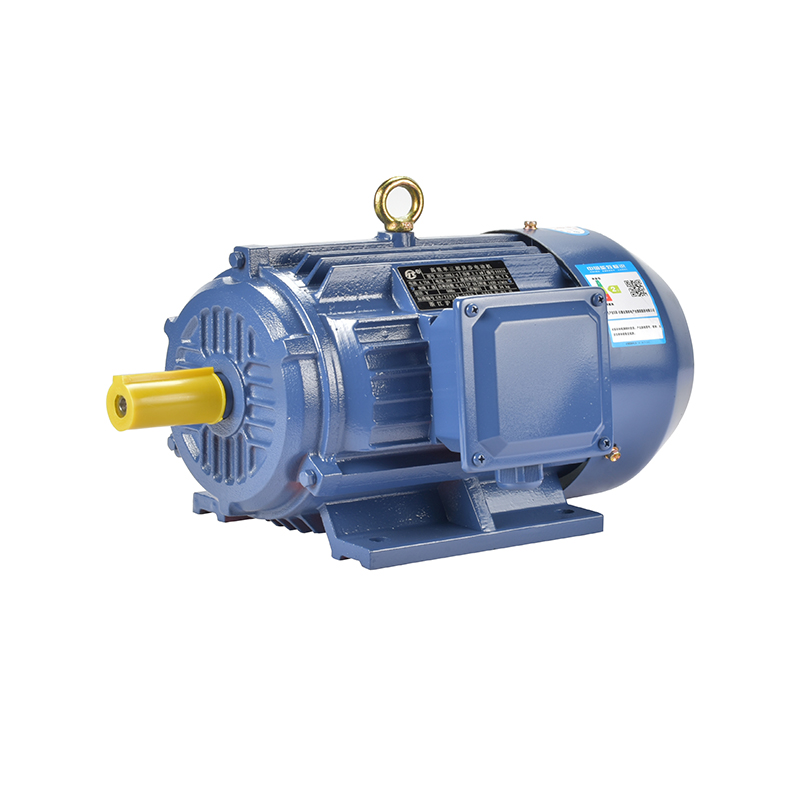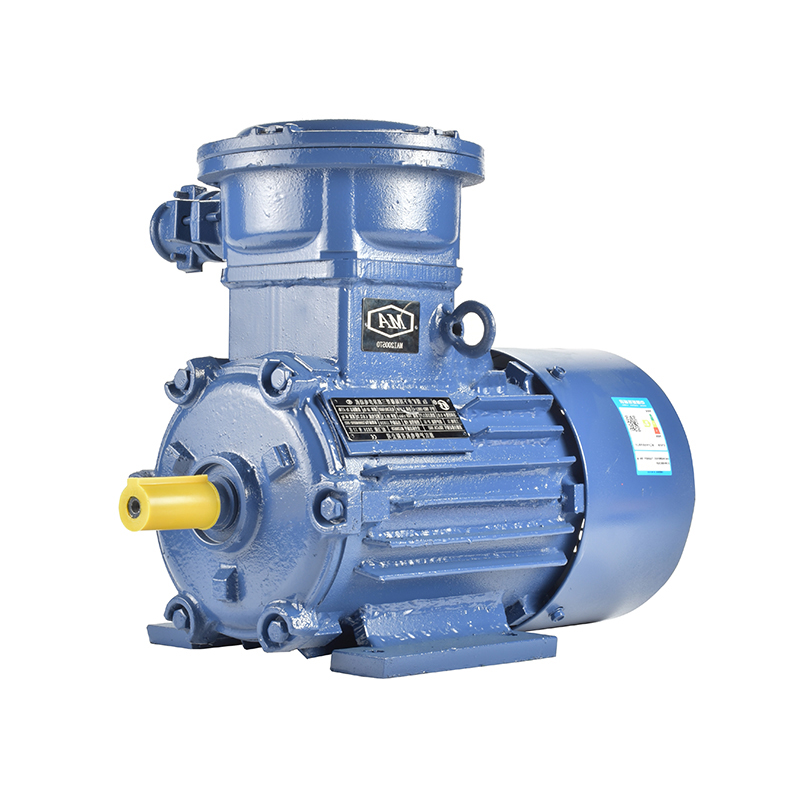Customer Feedback On Noise And Efficiency Improvements
For manufacturers and users alike, understanding how different types of motors perform in real-world applications can reveal insights that advance to more practical, user-friendly solutions. Recently, feedback regarding three common motor types — vibrating motor 3 phase, monophase asynchronous motor, and electromagnetic motor — has provided valuable perspectives on how noise and efficiency factors impact various industries.

Many customers using vibrating motor 3 phase systems have highlighted concerns related to vibration-induced noise. These motors are widely applied in industrial processes such as material handling, screening, and compacting, where vibrations are integral to the motor’s function. However, the challenge lies in controlling the noise generated without compromising the motor’s vibrating capability. Users reported that improvements in bearing materials and precision balancing during production have significantly lowered operational noise. This feedback is especially important because excessive noise not only affects the working environment but can also indicate potential mechanical issues that may reduce motor lifespan.
Efficiency is another area where customer input has been influential. Vibrating motors typically consume substantial power to maintain consistent vibration levels, which has led to demands for more energy-conscious designs. Through customer reports, manufacturers have identified that optimizing coil winding techniques and improving the magnetic circuit design can enhance motor efficiency. This means less electrical power is needed for the same vibration output, which benefits both cost-saving and environmental goals. Users appreciate these advancements because they can operate machinery for longer hours with reduced energy expenses.
The monophase asynchronous motor, commonly used in household appliances, small pumps, and fans, has also been a focus of noise and efficiency improvements based on user experience. Customers have noted that older models sometimes produce a noticeable humming or buzzing sound, which can be distracting in residential settings. To address this, feedback has led to the refinement of rotor design and stator lamination quality, which helps lessen electromagnetic noise. Additionally, improvements in motor housing materials have contributed to damping sound vibrations, making these motors more suitable for quiet environments.
On the efficiency front, monophase asynchronous motors face unique challenges due to their single-phase power supply, which generally limits their starting torque and energy utilization compared to three-phase counterparts. Customers involved in small-scale applications often emphasized the need for motors that start smoothly and maintain consistent speed without wasting power. This demand has encouraged enhancements in capacitor selection and motor control circuits, which support more stable operation and lower electricity consumption. These adjustments directly reflect user experiences where frequent motor starts and stops are common, and energy efficiency can translate into meaningful savings.
Electromagnetic motors, a broad category encompassing various motor types relying on electromagnetic principles, have also attracted attention regarding noise and efficiency. Industrial users employing these motors for conveyor belts, compressors, and other machinery have shared insights about the correlation between motor construction and sound emission. One common observation is that electromagnetic interference and mechanical friction contribute significantly to noise levels. Customer feedback has driven improvements such as tighter manufacturing tolerances and the use of higher-grade insulation materials, which reduce electromagnetic noise and heat generation.
Energy efficiency for electromagnetic motors has seen progress as well. Users in production environments have expressed appreciation when motors maintain torque consistency at variable speeds, which helps optimize power use during changing operational demands. Feedback also points to the value of routine maintenance and precise installation, which can greatly influence motor performance. When electromagnetic motors are properly maintained and installed, customers report noticeably lower energy consumption and quieter operation. These experiences highlight the importance of not only product design but also customer education and support.
Across these motor types, the common thread in customer feedback emphasizes practical, incremental improvements rather than drastic overhauls. Customers tend to focus on reliability, ease of maintenance, and the balance between noise control and motor function. For instance, some users prefer motors that may produce moderate noise but deliver consistent vibration strength or torque, as opposed to quieter motors with reduced performance. This feedback guides manufacturers toward solutions that meet specific application needs rather than general assumptions about ideal performance.
In conclusion, listening to customer experiences with vibrating motor 3 phase, monophase asynchronous motor, and electromagnetic motor products is invaluable for refining noise and efficiency characteristics. The real-world application insights provided by users help identify which improvements truly make a difference. Whether it’s through material upgrades, design modifications, or enhanced quality control, the ongoing dialogue between manufacturers and customers fosters development that balances operational demands with environmental and economic considerations. This collaborative approach ultimately supports motors that fit better within diverse industrial and residential contexts, contributing to longer service life, reduced operational costs, and more comfortable usage environments.
-
Feedback



 English
English русский
русский Español
Español عربى
عربى

